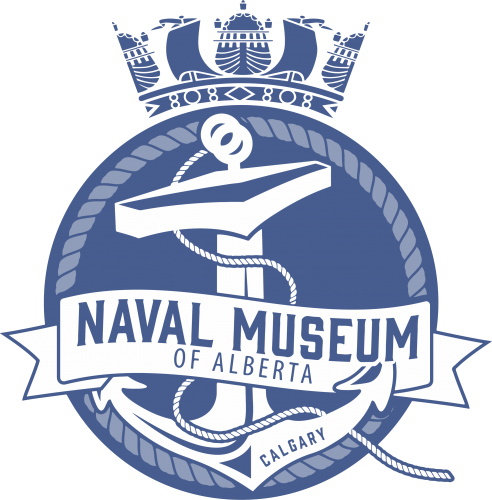HMCS Prince Henry - F70

Prior to WWII, the Prince David, Prince Henry, and Prince Robert were luxury liners ordered by the Canadian National Railway. When Canada officially declared war against Germany in September 1939, the RCN quickly converted them to Armed Merchant Cruisers.
At a Halifax shipyard, all three underwent extensive alterations; the top two decks were cut away and light superstructures were fitted, eliminating the luxury cabins and lounges. Their hulls also had to be made more watertight after weakening over time to protect from potential torpedoes. They were also fitted with both anti-aircraft and anti-submarine weapons, although they did not have anti-submarine detection equipment.
Commissioned in Montreal on 4 December 1940 and named after Sir Henry Thornton, the then-president of the Canadiana National Railway, she arrived in Bermuda on 15 January for work ups, moving on to patrol in the Panama Canal.
On 1 April 1941, she intercepted German freighters Munchen and Hermonthis, which scuttled themselves. Following this, Prince Henry arrived in Esquimalt as she was assigned to patrol duties in the West Indies, and later attached to the Esquimalt Force from January 1942 until 6 March 1943 when she was rebuilt into an infantry landing ship. After modifications, she was recommissioned on 6 January 1944, after which she left for the UK immediately, taking part in D-Day and the invasion of southern France.
She remained in the Mediterranean until March 1945 until she went to London for refit. During her refit she was paid off on 15 April 1945, decommissioned and sold to the Ministry of Wartime Transport in 1946 in Britain, where she was renamed the Empire Parkeston for postwar use. She was broken up in 1962 in La Spezia, Italy.
Reference Links:
Ready Aye Ready - HMCS Prince Henry
For Posterity's Sake - HMCSC Prince Henry
Government of Canada - Prince Ships Book
Silver Hawk Author - Royal Canadian Navy Armed Merchant Cruisers
